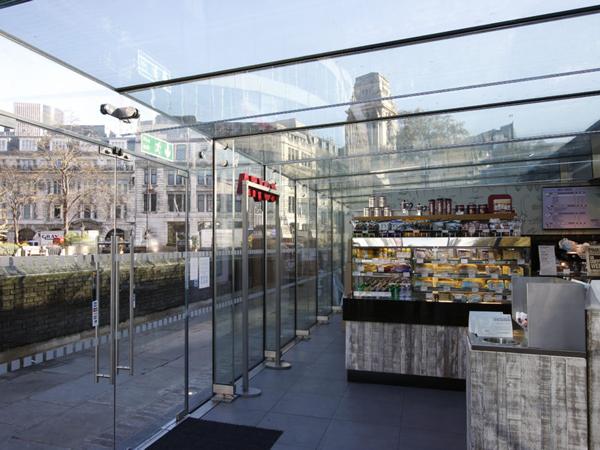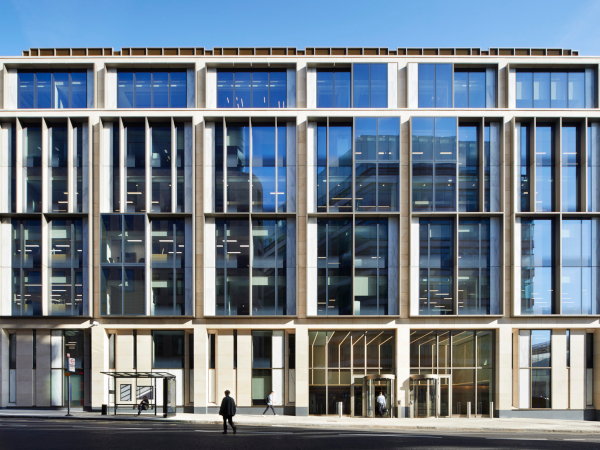
Date: 25 October 2016
As such there are some key questions that professional glazing companies should be asking you in order to successfully design and engineer your project.
If you are not being asked these questions it may be that the company is not considering these issues which will fundamentally affect the specification and ultimate performance of your glazing and window systems.
What is the Wind Load for your Project?
The architectural glazing company must have the wind load for your property/project. This figure will dictate what systems can be offered and the glass specification for large glazed elevations.
If a glazing system that has not been tested to your specific wind load is used then there will be latent issues with weather tightness and the glazing will not be strong enough to withstand the loads exerted upon it by the wind.
What is the required Thermal Performance for your Project?
There are standard minimum thermal performance requirements for glazing in the UK however a SAP calculation for the whole building may dictate that the new glazing needs a higher performance.
Your glazing supplier should be asking what performance you need to achieve.
What Material Standards are required for your Project?
Although there are some very technical specifications for aluminium or steel framing and the finishes applied to it the most important element to consider is identifying whether the site requires ‘marine grade’ finish.
This is applicable to all sites within 5 miles of the coast due the aggressive nature of the salty air.
If your site is within this distance your window supplier should be offering this finish which includes pre-treating the frames and applying a marine grade coating to the framing.

Do you require UV Filters?
The sun can create a wonderful ambience within a space however when you have expensive artwork, real wood flooring or furniture within your space you do not want the ultra-violet rays from the sun to fade them.
Your glazing supplier should be offering you the option of an UV filter within the glass make up.
What Solar Control Solutions are you using?
Another concern if your glazing faces south is solar gain. Your window supplier should be identifying this and offering the correct level of solar control to your glazing.
Modern coatings have very high levels of transparency although some suppliers are still using cheaper reflective coatings.
Alternative Solar Shading options include the installation of external automated louvres. You can find out more about these solar shading options here.

What is your Drainage Solution?
Where is the water runoff from your architectural glazing going to go? Obviously your architect or engineer should have planned for the drainage of water falling on the glazing or in more severe situations being blown directly at the glazing.
Your glazing supplier should be making themselves aware what the strategy for water dispersal and removal is and whether their proposal can deal with it. All full height opening installations with a flush threshold should feature a threshold drain.
What is the Access to the property like?
One of the first questions a client should be asked is how the glazing supplier is going to get the windows, doors or glass to the point where it is to be installed.
Large elements may require cranage and this can soon start to add cost to your project if it is going over the house or requires a road closure.
Other areas in properties like basements cause access issues if large elements cannot be maneuvered through the structure. Your glazing supplier should be asking this question and providing costs early on in the process.
 600450
600450

















Add new comment